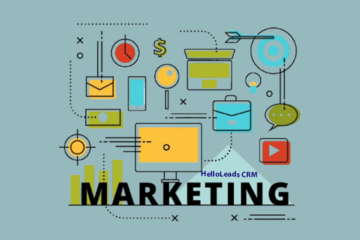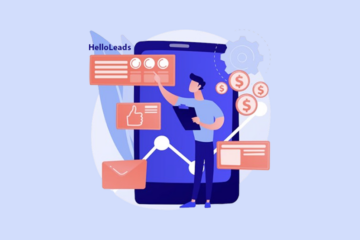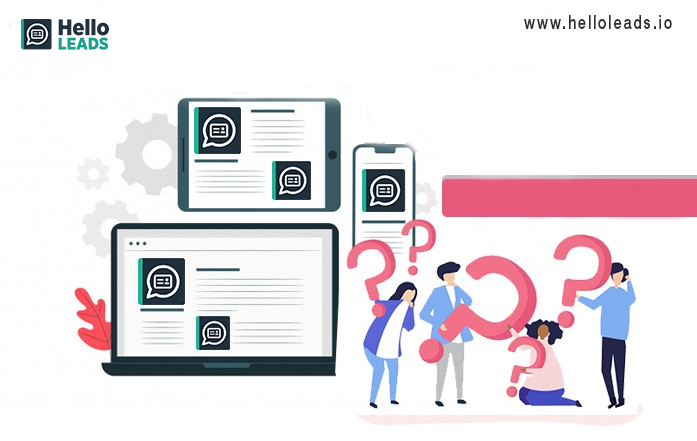
If you are running a SaaS (Software as a Service) start up, such as one we do, (www.helloleads.io), I am sure you come across these paradoxical questions on your daily SaaS life.
Though, these questions may look unsolvable to begin with, focusing on these debatable questions and getting your own answers can help you to see beyond and succeed in your SaaS venture.
Here you go:
Top 10 SaaS Start up questions + few thoughts & notes that can help you.
1.Should I scale my product development or should I scale my sales?
In any start up, with limited resources, this question is natural – whether to scale my product development or scale my sales.
Both are important and they are like two wheels of a bi-cycle. Sales in the early stages of SaaS, should be more of assisted buying and not selling. Customers have certain needs and trying to purchase a solution that can solve their problems and pain points.
We just need to assist him or her in the buying process (focus is not on selling). In the process, we gather more insights on how he/she uses the product, what he/she is looking for and how is the product-market fit for his/her industry.
These insights need to fed back into product development process. Same way innovations and new ways of doing things, that come out of product development, need to be quickly taken to customers to get their reaction and feedback, which will help in refining the innovation further. Most of the processes in SaaS (and in life) will be iterative and we need to focus with both the eyes (product development and sales).
2.Build for profitability or scale with funding?
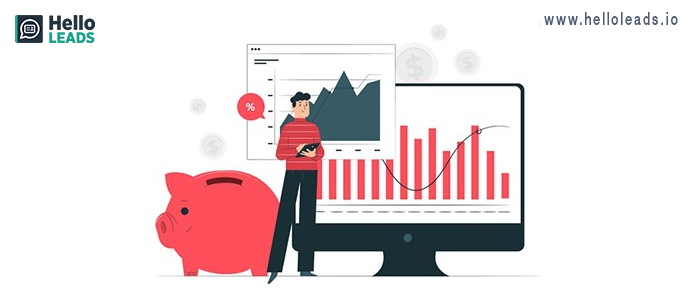
If your idea is entirely new and market has never seen such an idea or product, then funding is possible and one can scale with funding.
On the other hand if there are many products in the market (similar to what you are creating) with different flavours, focus on making profits so that you can use the profits to strengthen the product and sales further.
As per Accel Partners, if a startup grows at 15% month to month, then no matter where the start-up is, VCs will find them and fund them. Putting the head down, executing and making the venture profitable is more important if there are similar products in the given category.
3.Build a product for managers or build a product for users?
A product you make will be regularly used by a user and once in a while by a manager. Sometimes there is a question – should I build the product for a manager or a user or both?
Though managers are important, it is important to build a product for users to solve their problems and struggles in the first place. When users are satisfied with a product, they will recommend to managers to purchase the product. Many times, managers do purchase a product if it is useful for his team and even if there is nothing in it for him /her. Along the way add things that can be useful for managers for his/her decision making. So your sequence should be users first and managers next.
4.Focus on the product or focus on the problem?
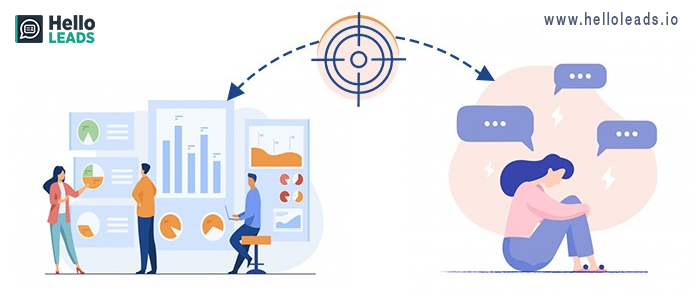
“Here is what our product can do” and “Here is what you can do with the product” are completely different approaches to product development.
“Here is what I need” and “Here is what I am struggling with” can be totally different views of customers.
Focus on the struggles, pain points and jobs-to-be-done (HBR) of customers and not just surface level needs. Focus should be always on the struggles of customers which are not yet addressed by products in the market.
5.Should I focus on large sized customers or medium sized or small ones?
The answer to this question will depend on – are there enough number of customers that match with our typical customer persona or customer profile in a given market or group?
It is important to focus on one group of customers as product will be different for each group, business model is different and lead generation effort is different depending on the group that you take up.
How you approach and sell to multinational companies will be different from how you approach and sell to small businesses. The struggles of each group will also be entirely different.
6.Sell to everyone or sell to specific industry or markets. Which will succeed?
As per SaaS experts, up to 10K MRR (USD) sell the product to any one you come across; During the journey of 10K to 100K MRR choose segments, markets and customers that you think are best and which have more product market fit.
Initially you may sell to all industry verticals (if you are in B2B space). Later, focus on specific market, segment and customer groups based on traction and efforts to scale further.
7.Price the product low or price the product high? Which is better?
There are 3 pricing models (1) Cost based pricing – I am spending so much and hence cost per license should be so much (2) Competition based pricing – my competitors have the pricing this way, hence I will price it this way (3) Value based pricing – the product delivers so much value (in hrs saved or $ saved) and hence this is the price.
Cost based pricing – customers do not care about our costs;
Competition based pricing – We assume competitors know more than us. May not be true.
Best is to have a value based pricing – determine how much value you are delivering (in hrs saved or $ saved or sales improved etc). This value also needs to be communicated in the sales / assisted buying process to customers.
8.Monthly or Annual subscription plans? Which is better?
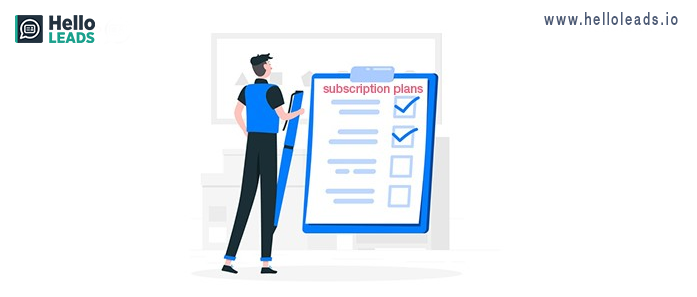
Some customers may look for monthly payment plans. However from a product success perspective, annual pre-pay is better than monthly or quarterly payment plans. Some customers do not want annual pre-pay since they think their money is locked and product may not meet their needs. However, going with annual pre-pay and assuring your customers that if they do not find it useful, you will re-fund the money without questions – can be helpful in a win-win situation.
9.Focus on new customers or existing customers?
Cost of acquisition is low for existing customers and Cost of acquisition is more for new customers. In addition to new customers, leveraging existing customers from cross sell and upsell opportunities can be helpful for SaaS start-ups.
Focus on repeat sales to existing customers and also adding more value to existing customers who have already trusted your product and its capabilities.
10.Web only sales or Face2Face sales, which is effective?
Face2Face sales is time consuming and costly whereas web-only-sales costs less and do not require much efforts. In the initial stages Face2Face sales may be required so that enough people in each segment / geography knows or uses your product.
But over a period, it is important to move from Face2Face sales to a web based or app based sales so that reach is better with lesser efforts and lesser time investments from your end.
***
HelloLeads is a cloud based simple and smart lead management solution made for small and growing businesses. HelloLeads helps in improving ROI from sales spends by (a) Getting all leads in one place (b) Driving rapid lead response (c) Improving selling discipline & follow ups and (d) Enhancing your sales conversion rates. HelloLeads is available in Web, Android and iOS platforms.
Share this blog :
